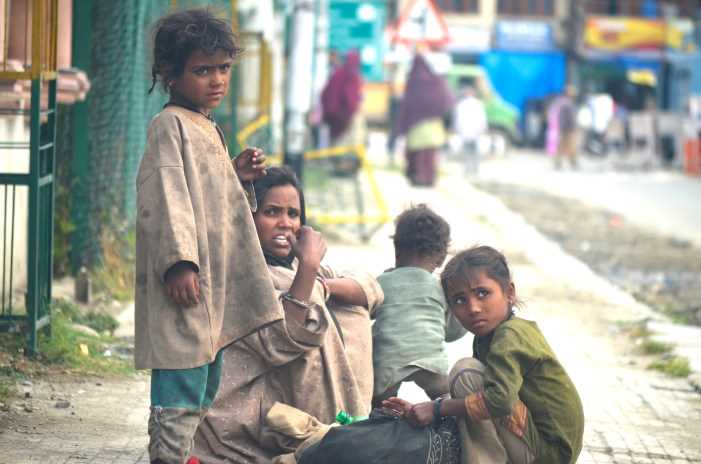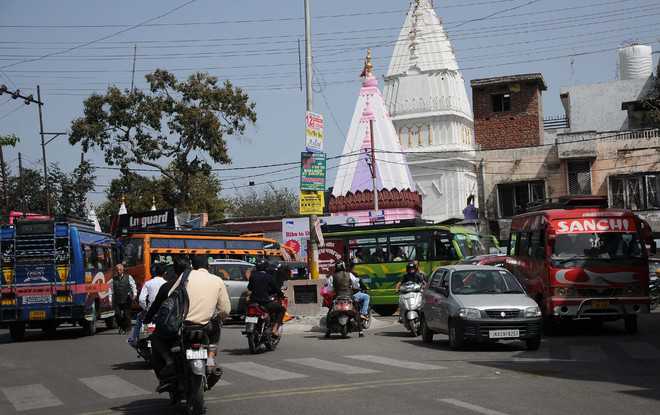The Kashmir Stag, locally known as the Hangul is the state animal of Jammu and Kashmir, stands as a symbol of the rich biodiversity and cultural heritage of the of Jammu and Kashmir. This magnificent creature, scientifically termed Cervus hanglu hanglu, is not only revered for its striking appearance but also holds the esteemed position of being the state animal of Jammu and Kashmir. Endemic to the region, the Hangul’s existence is deeply intertwined with the ecological and cultural fabric of the Kashmir Valley.
Hangul has been the state animal of Jammu and Kashmir since before the bifurcation of the state into two union territories, Jammu and Kashmir, and Ladakh, in 2019.
Physical Characteristics of Hangul the State Animal of Jammu and Kashmir
The Hangul the State Animal of Jammu and Kashmir is distinguished by its graceful build and impressive antlers. Adult males typically weigh between 150 to 250 kilograms and boast a reddish-brown coat that provides effective camouflage within their forested habitats. One of the most remarkable features of the male Hangul is its antlers, which can have up to 16 tines, making them a subject of admiration and study among wildlife enthusiasts and researchers alike. These antlers are shed and regrown annually, a process that is both energy-intensive and vital for their survival and mating rituals.
Read also: 11 interesting things about the Blue Pansy, the “Butterfly” of Jammu & Kashmir
Habitat and Distribution of State Animal of Jammu and Kashmir Hangul
Historically, the Hangul’s range extended across the dense riverine forests and high valleys of the Kashmir Valley, with populations thriving in areas like Dachigam National Park, Overa-Aru Wildlife Sanctuary, and parts of northern Himachal Pradesh. However, due to various anthropogenic pressures, their distribution has become increasingly restricted. Today, the Dachigam National Park, located about 22 kilometers from Srinagar, serves as the primary habitat for the remaining Hangul population. This park’s diverse flora, including dense coniferous forests and alpine meadows, provides the necessary resources for the Hangul’s sustenance and reproduction.
Diet and Behavior of Hangul
As herbivores, Hanguls primarily feed on a variety of grasses, leaves, and shoots. Their diet varies seasonally, adapting to the availability of vegetation. During the harsh winters, when food is scarce, they rely on bark and dried leaves to meet their nutritional needs. Hanguls are known for their elusive and shy nature, often retreating deeper into the forests to avoid human interaction. They are most active during the early morning and late afternoon hours, which is when they venture out to feed.
Reproduction and Life Cycle of Hangul
The rutting season for Hanguls occurs in autumn, typically between September and October. During this period, males engage in intense battles to establish dominance and win mating rights with females. These confrontations involve displays of strength, including locking antlers and pushing against rivals. After a gestation period of about eight months, females give birth to a single fawn, usually in May or June. The fawns are born with spotted coats, which provide camouflage against predators. Mothers are highly protective and nurture their young until they are capable of independent survival.
Read also: Ramnagar Wildlife Sanctuary: All You Need to Know
Conservation Status and Threats
The Hangul is currently listed as Critically Endangered on the IUCN Red List, with population estimates fluctuating around 200 to 250 individuals in recent years. Several factors have contributed to this alarming decline:
- Habitat Destruction: The expansion of human settlements, agricultural activities, and infrastructure development has led to significant habitat loss and fragmentation.
- Overgrazing: Domestic livestock compete with Hanguls for limited forage, leading to food scarcity and degraded habitats.
- Poaching: Despite legal protections, illegal hunting for antlers and meat has historically posed a significant threat to Hangul populations.
- Predation: Natural predators, including leopards and Himalayan black bears, prey on Hangul, particularly the young and vulnerable individuals.
- Inbreeding Depression: The reduced population size has led to a limited gene pool, increasing the risk of genetic disorders and reducing overall fitness.
Conservation Efforts
Hangul is critically endangered as per IUCN RED LIST DATA and listed under Schedule I of the Indian Wild-life (Protection) Act, 1972. Recognizing the precarious status of the Hangul, concerted conservation efforts have been initiated:
- Protected Areas: Establishment and management of reserves like Dachigam National Park aim to provide safe habitats for Hangul populations.
- Anti-Poaching Measures: Enhanced patrolling and stricter enforcement of wildlife protection laws help deter illegal hunting activities.
- Community Involvement: Engaging local communities in conservation initiatives fosters a sense of stewardship and reduces human-wildlife conflicts.
- Research and Monitoring: Continuous scientific studies monitor population dynamics, health, and habitat conditions, informing adaptive management strategies.
- Captive Breeding Programs: Efforts to breed Hanguls in controlled environments aim to bolster wild populations, though such programs face challenges related to habitat suitability and genetic diversity.
The Role of Dachigam National Park
Dachigam National Park plays a pivotal role in Hangul conservation. Spanning over 141 square kilometers, the park offers a sanctuary with diverse ecosystems ranging from riverine forests to alpine pastures. Conservation initiatives within the park focus on habitat restoration, controlling human interference, and maintaining ecological balance to support Hangul populations. The park also serves as a center for ecotourism and education, raising awareness about the Hangul and the importance of biodiversity conservation.
Cultural Significance
The Hangul holds profound cultural significance in Jammu and Kashmir. As the state animal, it symbolizes the region’s natural heritage and ecological wealth. The majestic stag features in local folklore, art, and traditions, embodying qualities of grace, strength, and resilience. Efforts to conserve the Hangul are not only about preserving a species but also about maintaining a vital part of the region’s cultural identity.
Challenges and Future Prospects
Despite ongoing conservation efforts, the Hangul’s future remains uncertain. Challenges such as climate change, which affects habitat conditions and food availability, and political instability, which can disrupt conservation activities, pose significant hurdles. Moreover, balancing development needs with ecological preservation continues to be a complex issue. However, with sustained commitment from governmental agencies, non-governmental organizations, local communities, and international conservation bodies, there is hope for the Hangul’s recovery. Innovative approaches, including habitat corridors to connect fragmented populations and community-based conservation programs, are essential to ensure the long-term survival of this iconic species.
The Kashmir Stag (Hangul) is more than just the state animal of Jammu and Kashmir; it is a living emblem of the region’s rich biodiversity and cultural legacy. Protecting this majestic creature requires a holistic approach that addresses ecological, social, and economic factors. By fostering a harmonious coexistence between humans and wildlife, we can aspire to see the Hangul thrive once more in its natural habitat, symbolizing hope and resilience for future generations.
















